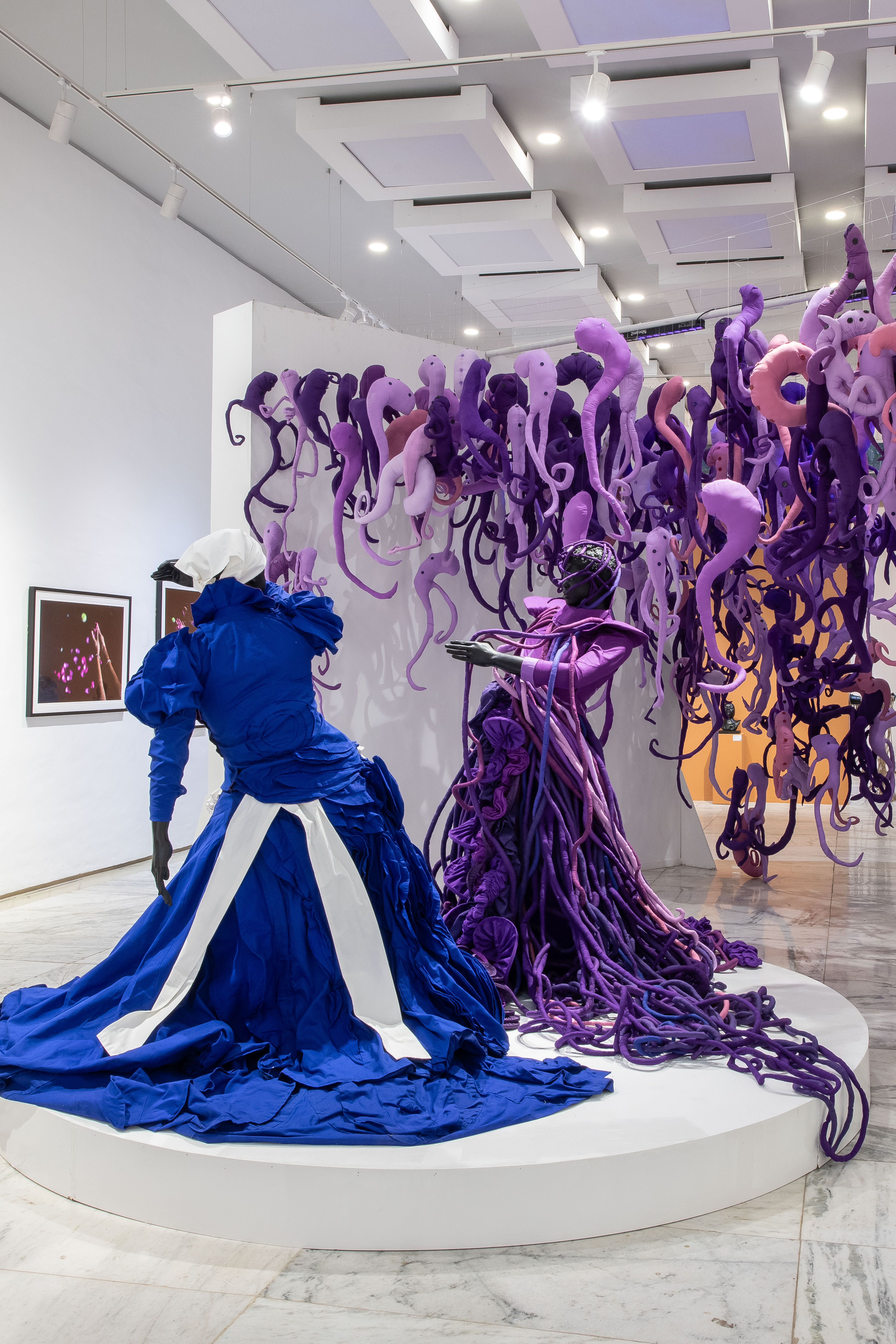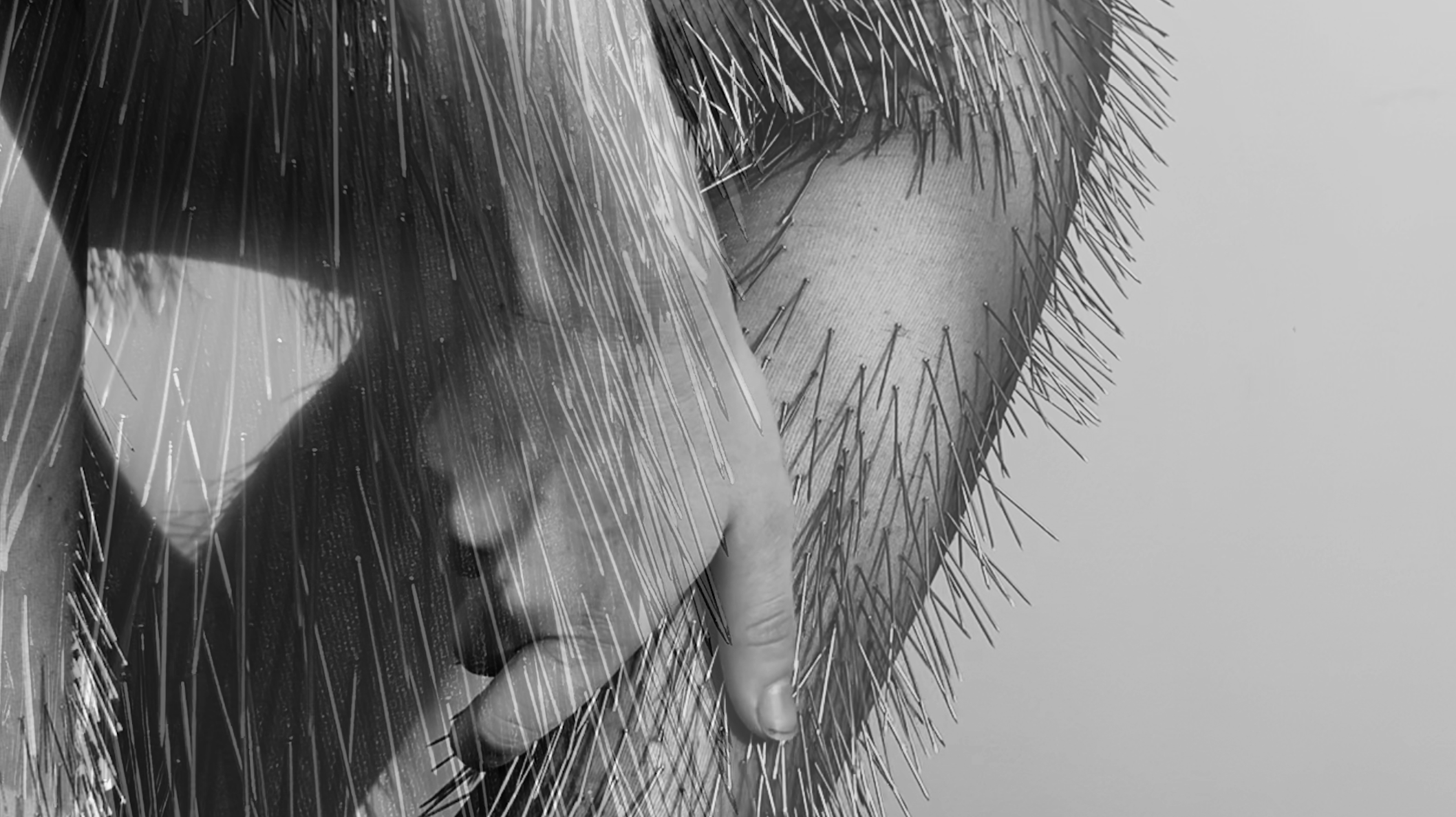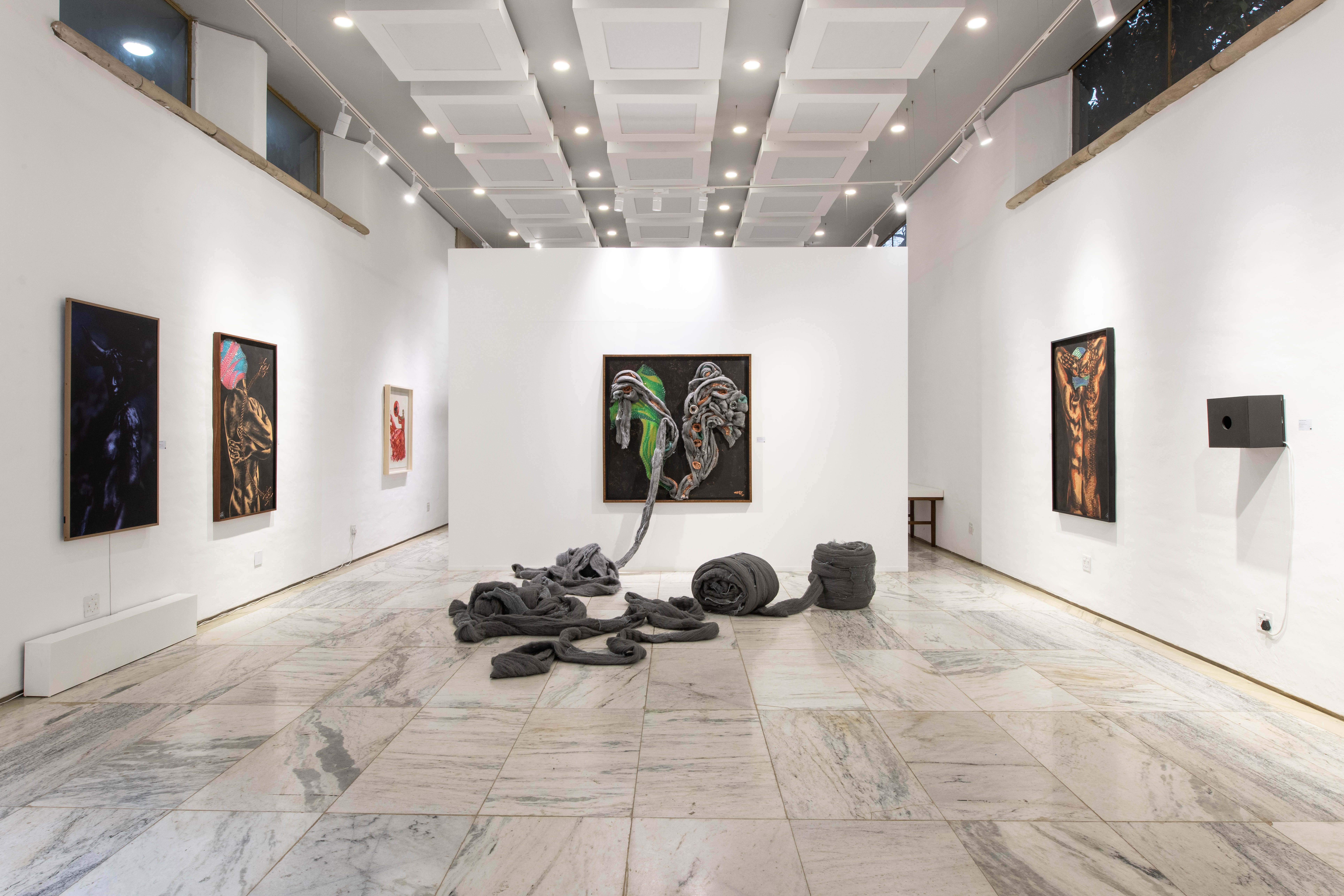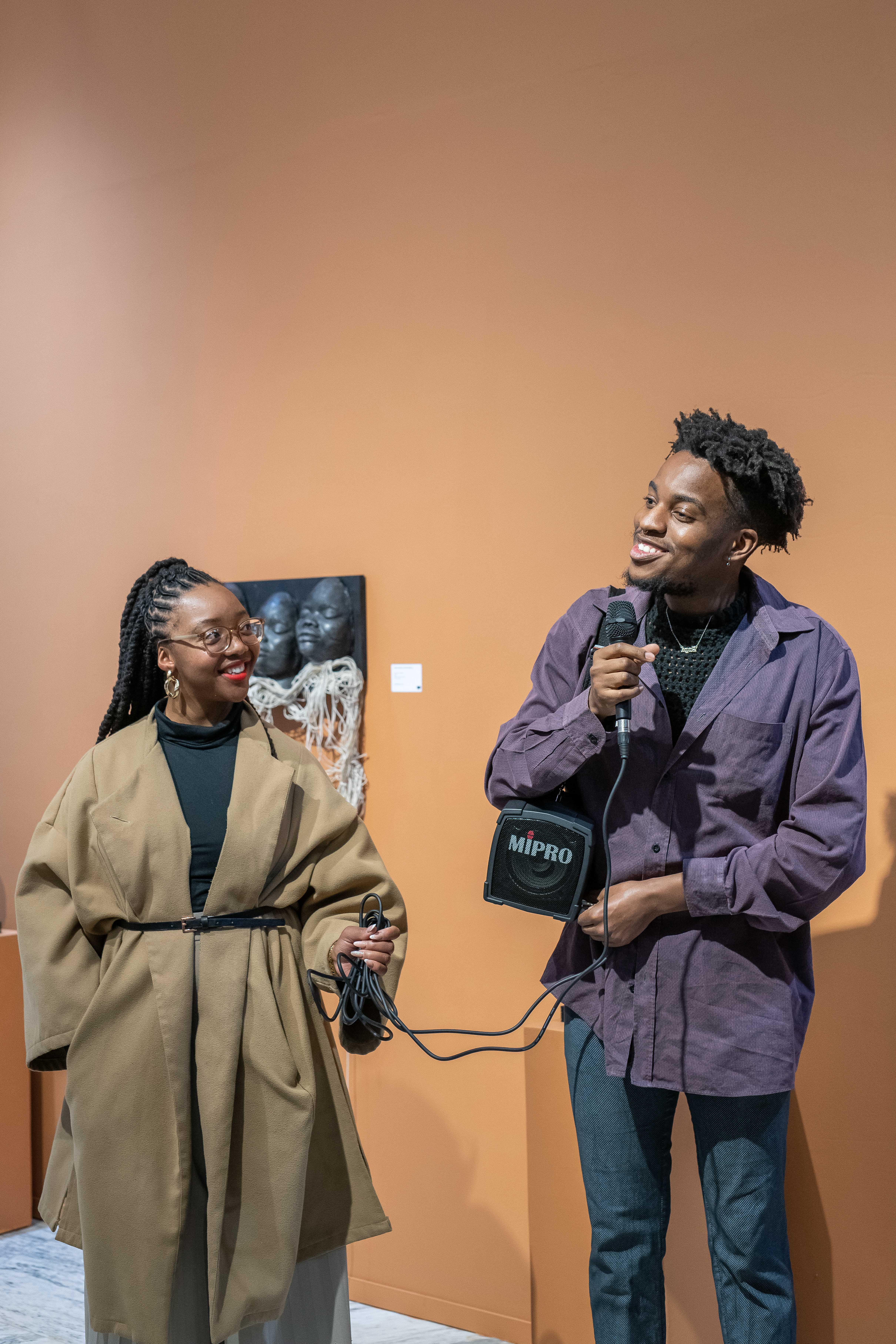Beyond the Status Quo: Bridging the artistic divide
By Oratile Mosimanekgosi
-----------

Exhibitions that launch in August have always made me uneasy. They often seem hastily assembled, driven by a desire to spotlight women artists simply because it’s Women’s Month. This approach often feels superficial, lacking the depth and articulation needed to create meaningful dialogue within the art community. However, a recent exhibition I stumbled upon while scrolling through Instagram might have changed my mind.
It was a breath of fresh air to see Mary Sibande and Emma Coppola featured together in the recent exhibition titled ‘Steelwool and Other Paradoxes’, curated by Boitumelo Makousu and Denzo Nyathi. Sibande’s work, particularly her alter ego ‘Sophie,’ was translated into an immersive installation of purple, tentacle-like soft sculptures. These sculptures hung from the ceiling, creating an environment through which viewers could move, enveloped in the themes of Black femininity, labour, and post-colonial identity. ‘Sophie’, a character that Sibande has cultivated over the years, acts as a bridge between personal history and collective memory. Her presence in the exhibition was a powerful reminder of the ongoing reclamation of Black female identity in post-apartheid South Africa.
Sibande’s Sophie transcends time, embodying the struggles and triumphs of the women in her family and beyond. The installation doesn’t just invite viewers to observe; it demands engagement, challenging them to consider the weight of history and the persistence of these themes in contemporary life. This ability to traverse the space between the past and the present is what makes Sibande’s work so compelling. It raises important questions about the body, identity, and the role of art in reclaiming narratives that have long been marginalized.
In contrast, Emma Coppola’s video installation ‘Soft Skin, No Touch’ offers a more intimate yet equally unsettling exploration of the female body. The close-up footage of a woman wearing stockings pierced with needles, carefully stroking them as if they were strands of hair, is both striking and deeply unsettling. This image captures the paradox of the female body as both vulnerable and untouchable, a symbol of how women navigate societal pressures and expectations. The delicate interaction with the needles, which are ostensibly meant to protect, highlights the tension between self-preservation and the external demands placed on women to conform to certain ideals of beauty and behaviour.
 Emma Coppola, Soft Skin - No Touch Still VI
Emma Coppola, Soft Skin - No Touch Still VI
What makes this exhibition particularly refreshing is its inclusion of both established and emerging artists. This approach adds layers of depth and richness, allowing for a more dynamic and engaging experience for audiences. The presence of seasoned artists like Sibande provides a foundation of mastery and experience, while young career artists like Coppola bring fresh perspectives and innovative approaches that challenge and expand the boundaries of contemporary art.
Balancing exhibitions across the artistic spectrum can enrich the experience for all involved. Exhibitions that feature only established artists may reinforce the status quo, potentially limiting opportunities for growth and exploration. On the other hand, focusing exclusively on emerging talent might miss the depth and context that experienced voices provide. The real power of a well-curated exhibition lies in its ability to bridge these two worlds, creating a dialogue between the old and the new, the familiar and the unknown.

The Joburg art scene has the potential to transcend the limitations of reputation and popularity by embracing exhibitions that amplify both emerging and established voices. This approach fosters a diverse, evolving landscape where artistic practices are visible to all and industry tastemakers are challenged. Instead of being rare, such inclusive exhibitions should become the norm, shaping the future of art by linking the past to the present while reflecting the full spectrum of creativity. The key is avoiding the echo chamber, ensuring every artist has the chance to be seen and heard.

Further Reading In Articles
African Artist Directory















